How to Lay Artificial Turf
 Mar 27,2017
Mar 27,2017

 Diamond Carpet
Diamond Carpet
If your natural lawn is less than optimal, then you may want to consider artificial turf to cover your outdoor space. Learn how to do it yourself with this step-by-step landscaping guide.
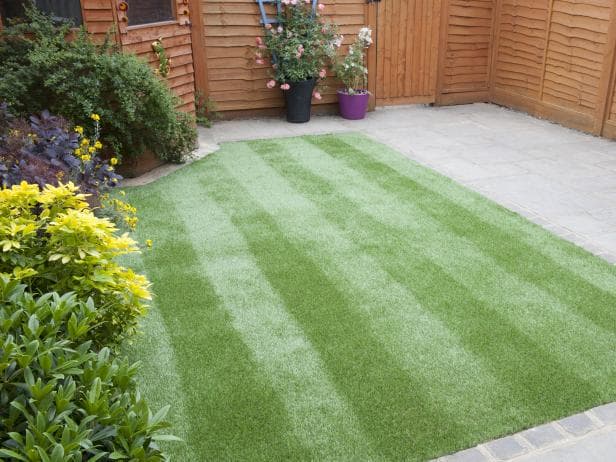
STEP 1
It may not be for everyone, but artificial grass has seen a rise in popularity in recent years. With its easy upkeep and year-round vibrancy it\'s easy to see why. It is available in a range of textures and shades and can be fitted to any design.
STEP 2
Materials needed:
artificial turf
spade or turf cutter
wheelbarrow
weed-suppressing membrane
utility knife
sand, crushed stones or grit
piece of wood or flat board
level
shock-absorbent material (optional)
adhesive (optional)
plank of wood
nails
hammer
silica sand
lawn seed spreader (for silica sand)
coarse broom
warm, soapy water (optional)
STEP 3
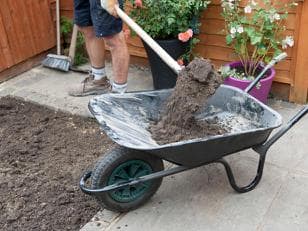
Remove existing turf.
Using a spade or turf cutter, remove existing turf. Dig the soil out to a depth of approximately 1-1/2 to 2-1/2 inches. The artificial grass will need to sit approximately 1/2 inch above any edging.
STEP 4
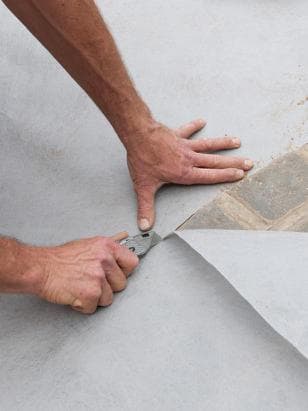
Protect your turf from weeds.
In order to prevent weeds from growing up through the turf and causing it to buckle or disfigure, lay a sheet of weed-suppressing membrane over your lawn space, and cut it to shape using a utility knife.
STEP 5
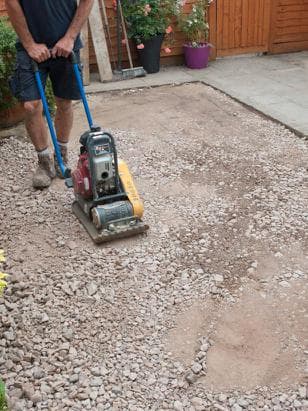
Apply a layer of sand.
Apply a thin aggregate layer of sand, crushed stone or grit over the membrane. Compact it to create a solid base. This layer will provide you with a firm, well-draining surface that will support the rest of the materials.
STEP 6
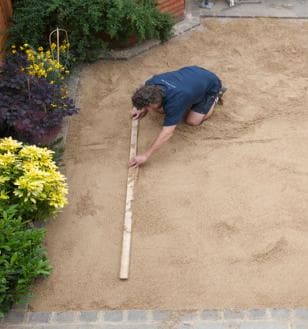
Create an even surface.
Once the layer of aggregate is in place, apply a 1/2- to 3/4-inch (1 to 2 cm) layer of sharp sand. Compact the sand and level it, smoothing the surface using a piece of wood or a flat board with a level.
STEP 7
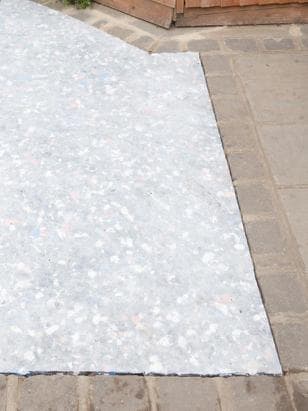
Put down a layer of shock-absorbent material.
This step is optional, but you may want to consider it to give the grass more cushioning. Square the sheet with one corner of the lawn, then cut it to shape using a utility knife.
STEP 8

Consider the space you are working with.
If you are covering a large area and need to put two widths together, apply a thin layer of adhesive on the surface beneath the joint to stop the two pieces from shifting or buckling.
STEP 9
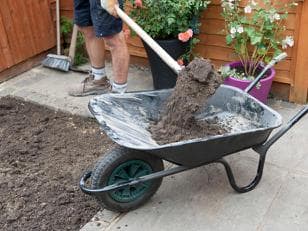
Remove the grass-free border from the artificial turf.
This step does not apply to all brands of artificial turf. If necessary, remove the border from the edge of the grass, cutting carefully along a bubble level to achieve a straight line, leaning on a plank of wood to ensure that you do not damage the turf.
STEP 10
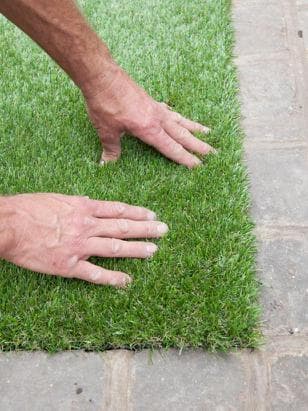
Align the grass.
Align the grass to a corner or straight edge if possible. Push the artificial grass tight into the corner to ensure that the turf is rolled out squarely and to prevent it from moving later.
STEP 11
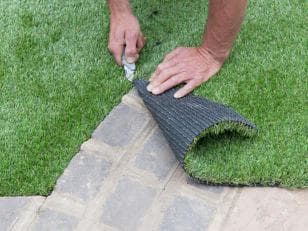
Cut the turf to the shape you want.
Wait until the artificial turf is in place and completely covers the desired area. Use a utility knife to cut along the edges, and use a bubble level as a guide if you do not have a brick edge to work from.
STEP 12
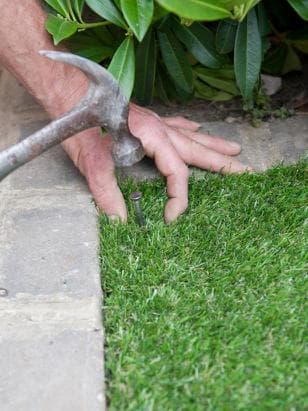
Nail the grass into place.
First, make sure the grass is the correct shape and size. Start by securing each corner, then insert nails every 12 to 16 inches along each edge. Use adhesive if you are covering a vertical surface.
STEP 13
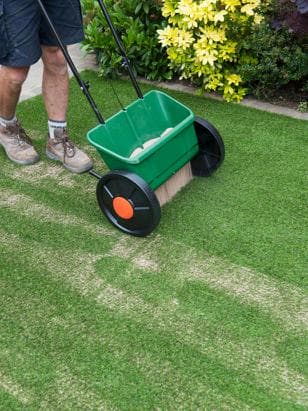
Apply a layer of silica sand.
Apply a thin layer of silica sand directly to the lawn surface. Use a spreader to ensure even coverage. This will help to provide a stabilizing effect on the artificial grass and will help to prevent it from moving.
STEP14

Brush the sand into the grass.
Using a coarse broom, brush the sand into the grass. The grass will require little upkeep, although if the blades become flattened, lift them by sweeping them with a broom. If necessary, wash with warm, soapy water.
---------------------------------------------------------------------------------------------------------------------------------------------------------------------------------
Contact Us
Wuxi Diamond Carpet Manufacturing Co.,Ltd.
Tel : 0086-510-83631907
E-mail: wxdiamondcarpet@126.com
Add:






 Home
Home Wuxi Diamond Carpet--Customers visit from Australia
Wuxi Diamond Carpet--Customers visit from Australia  You May Also Like
You May Also Like






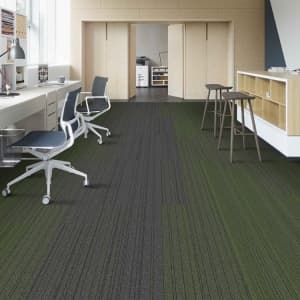
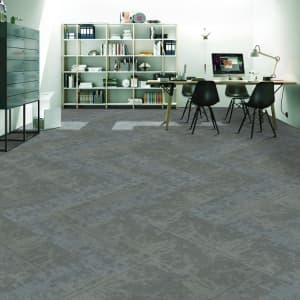
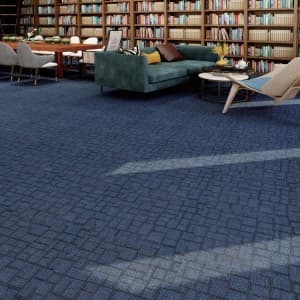

 Tel
Tel
 Email
Email
 Address
Address






